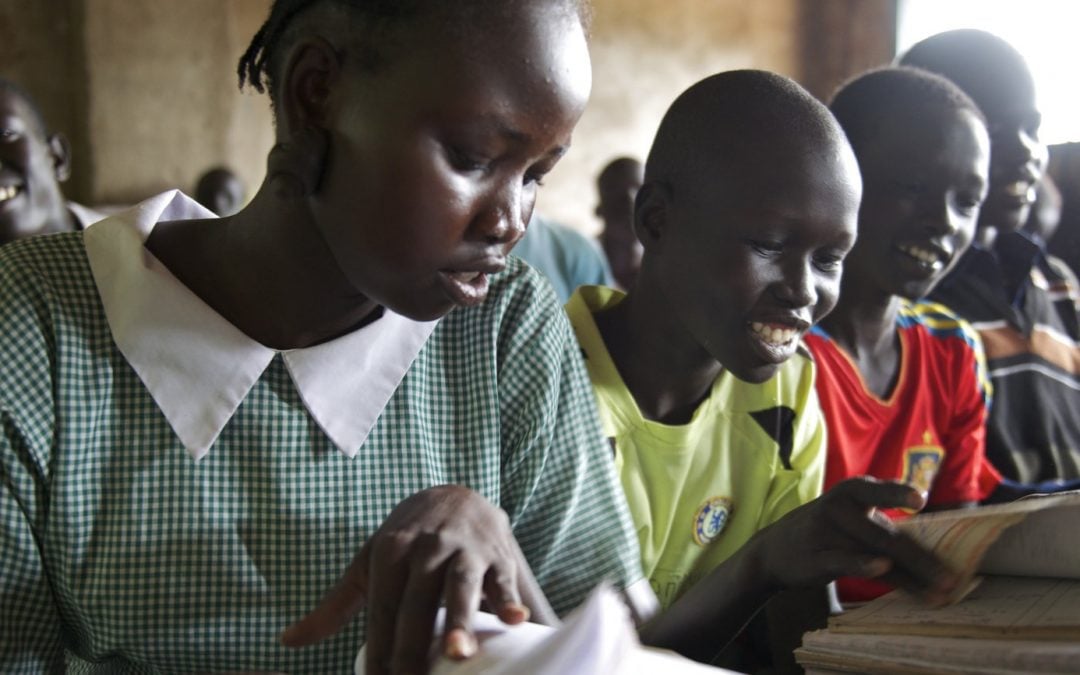This is an excerpt from UNHCR’s recently released report: Innovation at UNHCR 2014. This report highlights and showcases some of the innovative approaches the organization is taking to address complex refugee challenges.
Through the Learn Lab, UNHCR Innovation and the Division of International Protection’s Education Unit have adopted a collaborative approach to expanding educational opportunities for refugees and the forcibly displaced through new approached to learning.
In 2014 UNHCR’s Learn Lab launched, developed, or supported 6 projects in 7 locations. In rolling out these projects we’ve learned several key lessons:
- Engaging senior management staff in the field prior to initiating innovations is essential to ensure smooth implementation and timely trouble-shooting when necessary.
- Embedding innovation projects within ongoing education strategies in the field lends itself to greater sustainability than independent or siloed innovation projects.
- Engaging youth and the community in project design, implementation, and decision-making results in activities that are grounded and likely to succeed.
- Having dedicated staff both at Headquarters and in the field is essential to success. When staff are covering multiple competing tasks, innovation projects suffer and progress is slow.
- Securing multi-year funding is essential, enabling a focus on well-planned activities, engagement, and results. Short-term funding works to the detriment of innovative design and implementation in education, which by its nature builds on cumulative results.
Photo credit: UNICEF Kenya/Noorani
We’re always looking for great stories, ideas, and opinions on innovations that are led by or create impact for refugees. If you have one to share with us send us an email at [email protected]
If you’d like to repost this article on your website, please see our reposting policy.

